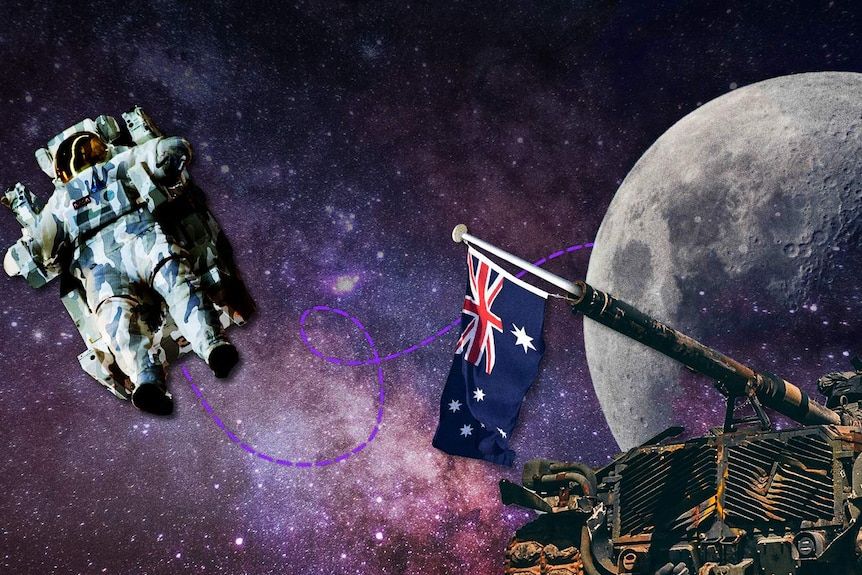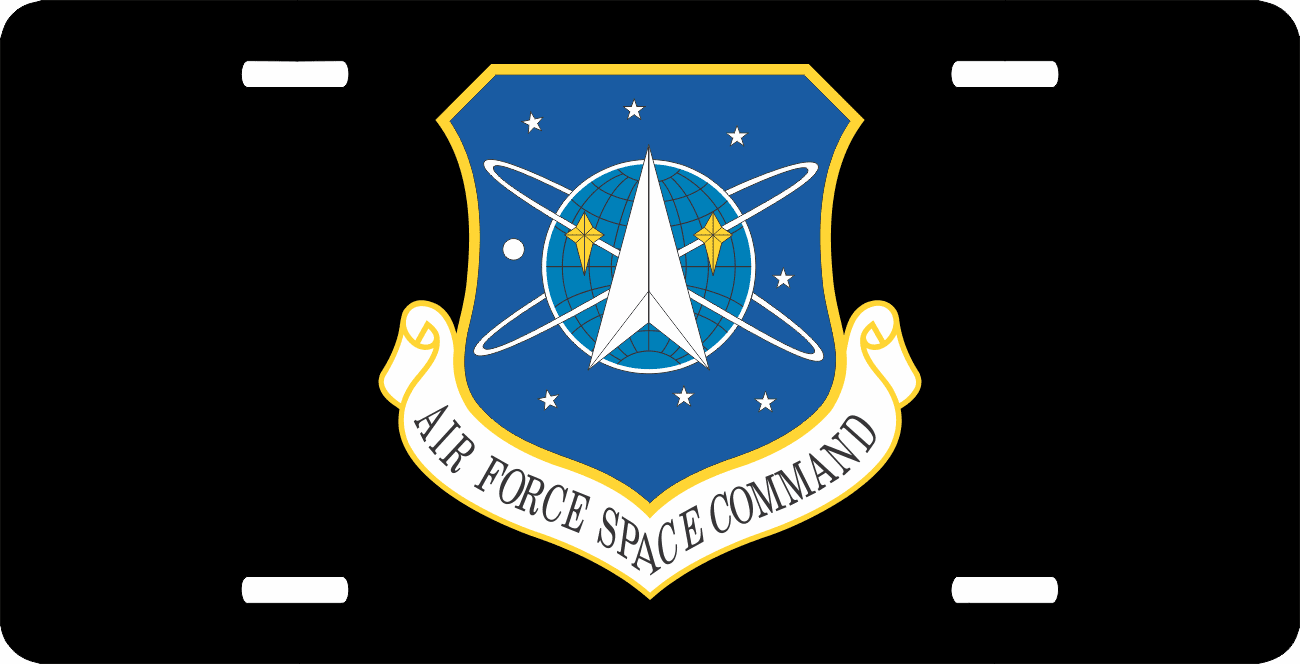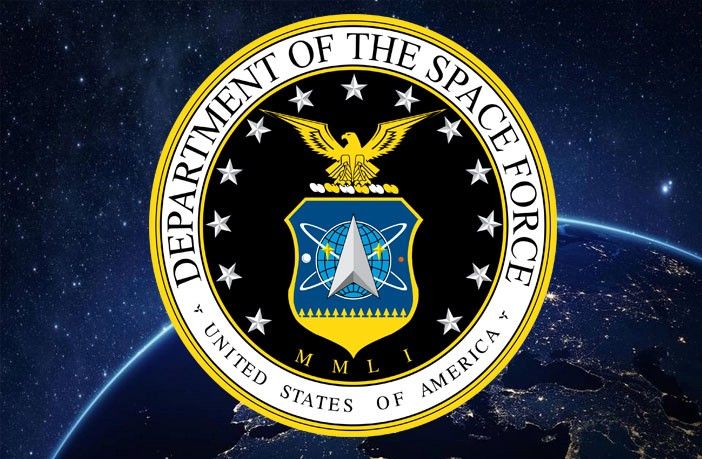Australian Military Could Develop Joint Space Command
Article by Andrew Tillett March 31, 2021 (afr.com)
• In an interview marking the centenary of the Royal Australian Air Force, Chief of Air Force Mel Hupfeld said he was working on a review, due at the end of the year, on how the military embraces space. Hupfeld said that the growing militarization of space poses threats to satellites that are essential to everyday life as well as national security. “We are developing space domain capabilities to ensure our access to space,” said Hupfeld. “Space is a war-fighting domain but we’re not going to militarize space.”
• Under Hupfeld’s vision, Australia’s answer to the US Space Force would be a “space command” – bringing together officers from the air force, army and navy under an integrated command.
• A component of space control is ‘space domain awareness’. Australia’s military defense force would need to build an operational understanding of the space environment to determine if space assets are under threat, being attacked, or subjected to accidental interference or natural phenomena, and to develop capabilities to have a measure of space control to be able to move vehicles and satellites, and to avoid debris and threats in space.
• Last December, Hupfeld joined international colleagues to condemn a Russian anti-satellite missile test, which was viewed as ‘destabilizing’. “Everyone has the right to operate in international seas and air and space,” says Hupfeld. “What we will be looking to do is if there is someone who doesn’t follow international norms, is point it out and hold their behavior to account.”
• Early in March, the Royal Australian Air Force conducted joint drills with the Australian Navy’s destroyer, HMAS Hobart, which included the RAAF’s F-35 Joint Strike Fighter jet for the first time. Chief Hupfeld rejected the criticism that the Lockheed Martin-built F-35 fighter jet has received lately from the United State’s own House Armed Services Committee about the aircraft’s performance, delays and costs. Hupfeld said it would be foolish not to consider advances in technology and the changing strategic circumstances when weighing whether the RAAF would order additional aircraft beyond the 72 F-35s to which it has committed. “This approach with the F-35A and our other capabilities allows us to maintain our technological edge against rapid military advances in the region,” Hupfeld said.
 Australia could launch a specialist “space command” bringing together officers from the air
Australia could launch a specialist “space command” bringing together officers from the air

force, army and navy, as the growing militarisation of space poses threats to satellites that are essential to everyday life as well as national security.
In an interview marking the centenary of the Royal Australian Air Force, Chief of Air Force Mel Hupfeld also rejected criticism of its main weapon, the F-35 Joint Strike Fighter, saying its true potency remained top secret.
“I would argue very strongly that some of our more speculative commentators don’t have access to the specifications and capabilities and likely haven’t even sat, and certainly not been in control of a fighter aircraft during complex training missions, nor combat,” Air Marshal

Hupfeld said.
 He said he was working on a review, due at the end of the year, on how the military embraces space.
He said he was working on a review, due at the end of the year, on how the military embraces space.
While the Trump administration established a standalone US Space Force, Air Marshal Hupfeld downplayed the idea that Australia would follow suit.
One option could be for members of the three branches of the military and the Australian Geospatial-Intelligence Organisation to come together under an integrated command.
“Space is a war-fighting domain but we’re not going to militarise space,” Air Marshal Hupfeld said.
“We are developing space domain capabilities to ensure our access to space.
“As a component of space control, space domain awareness allows Defence to build an operational understanding of the space environment to determine if space assets are under threat, being attacked, or subjected to accidental interference or natural phenomena.”
FAIR USE NOTICE: This page contains copyrighted material the use of which has not been specifically authorized by the copyright owner. ExoNews.org distributes this material for the purpose of news reporting, educational research, comment and criticism, constituting Fair Use under 17 U.S.C § 107. Please contact the Editor at ExoNews with any copyright issue.




